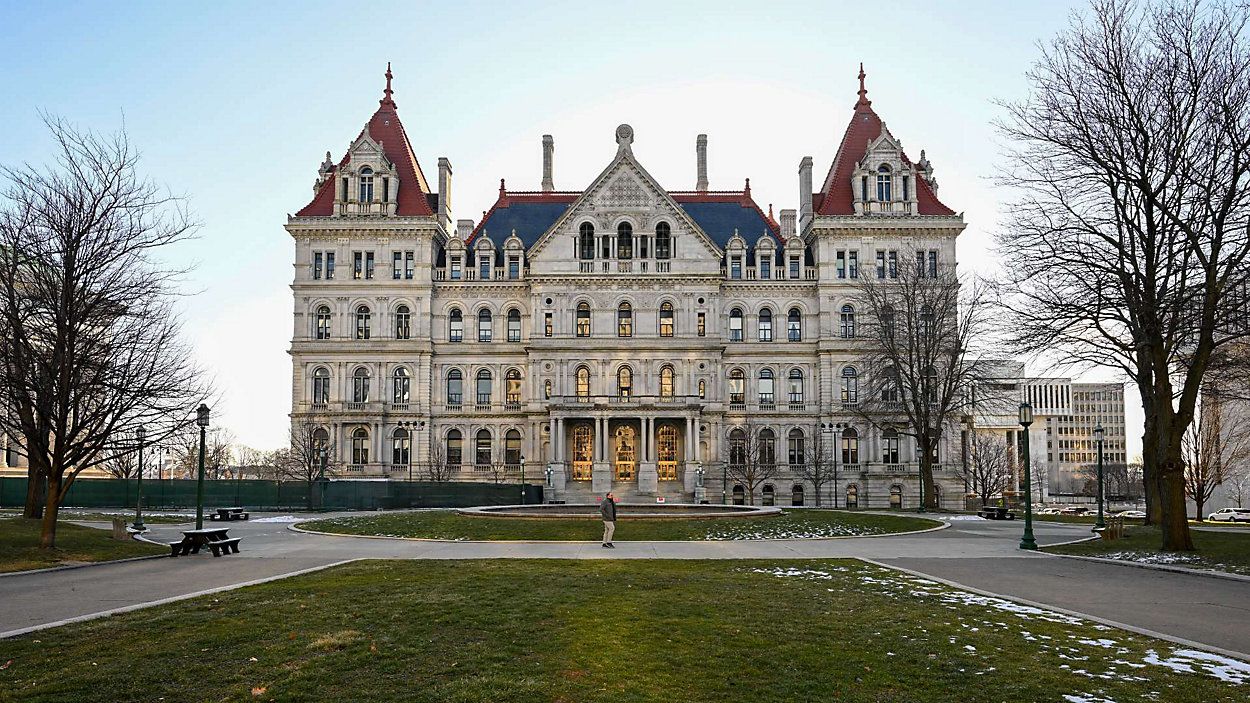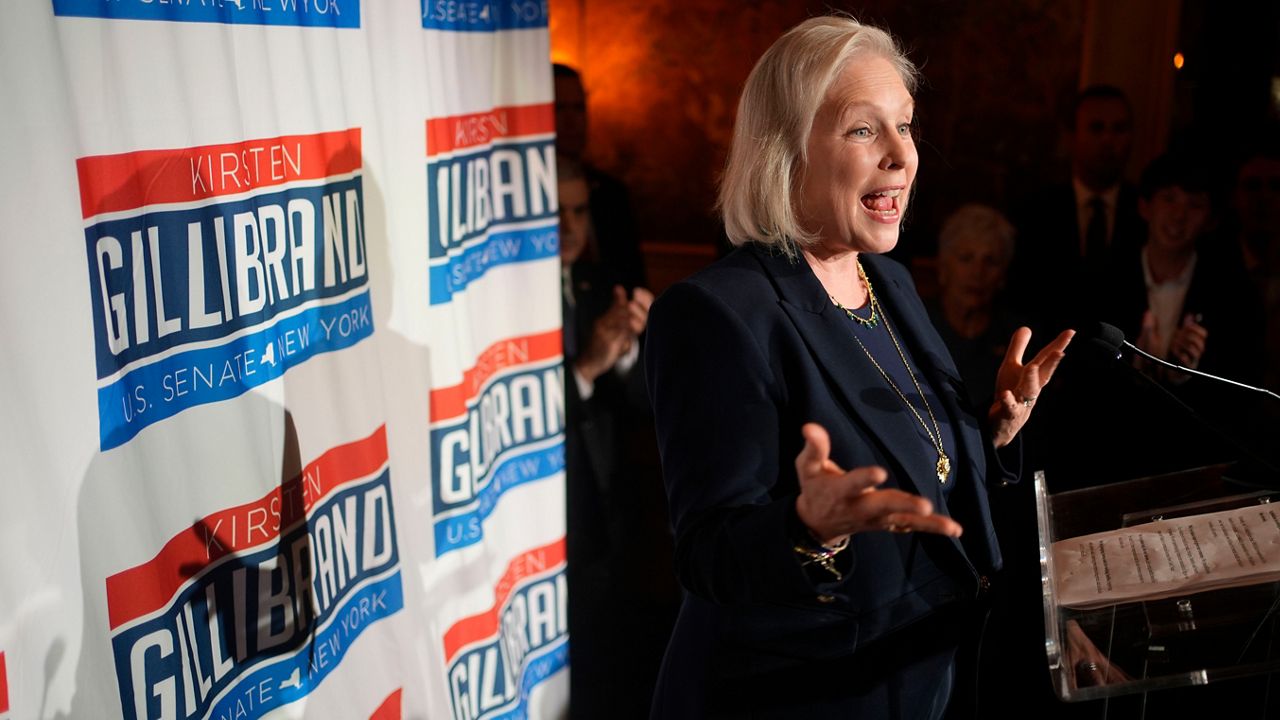Assemblyman Tom Abinanti (D-Greenburgh) has introduced two bills that address early retirement for state and local government employees. It had been a back burner issue for a while, but in August, it moved to the front of the stove when it became clear that Democrats and Republicans in Washington weren’t able to cook up an agreement on stimulus funding.
What You Need To Know
- The state’s current year budget gap is now $14.5 billion
- According to the NYS Division of Budget, over the next 2 years, the budget gap will grow to $30 billion. Over the next 4 years, the gap will grow to $62 billion
- The revenue shortfall is largely due to the COVID-19 economic shutdown
- While the state has instituted 20% aid withholdings to schools and localities as well as freezes on hiring, new contracts and raises, a Cuomo spokesman says that early retirement options for the state workforce have not yet been actively considered
Anecdotally, it’s also become a frequent topic of conversation among older teachers heading back into the classroom this month, some of whom are fearful of contracting COVID-19.
One bill provides a temporary retirement incentive for certain public employees older than 55 with 25 years of service. The other bill provides a similar incentive for educators.
Abinanti calls them “placeholder bills” because they haven’t changed much since they were originally introduced back in 2009 during the Great Recession in order to serve a similar purpose: trim state expenses.
“It seems to me that this is the best way to move forward, to thin out the workforce for the state and our localities, and still make sure that people aren’t going to be put on the unemployment line,” Abinanti told Spectrum News.
His goal, he says, is to simply try to get all the parties to the table to have this discussion.
“We introduced the bills because it’s a common-sense solution to the impending financial crisis for state and local governments, and an attempt to stimulate a conversation between the executive branch of all of our governments and our labor organizations,” Abinanti said.
But the state’s largest public employees’ union, Civil Service Employees Association (CSEA), doesn’t appear keen on starting any conversations about early retirement incentives which wouldn’t apply to all members.
“To date, CSEA has not seen any Early Retirement Incentives proposed through the legislature that we could support,” said Mark Kotzin, CSEA Spokesman. “In order for an ERI to have our support, at minimum, it would have to allow all union members to take advantage of it, and not be targeted for specific groups of workers, while excluding others.”
Bob Lowry, deputy director for advocacy, research & communications of the New York State Council of School Superintendents, was less dismissive of the idea.
“Given variation in local circumstances, including concerns about teacher shortages, we will advocate that districts be given an option whether to participate in an incentive,” Lowry said via email.
Lowry also expressed concern over the diminishing strength of the education workforce.
“Timing matters,” he said. “We are already receiving reports of higher than typical teacher retirements, presumably in response to concerns about the pandemic. A retirement incentive could be helpful, but we have to time it so that we’re not paying extra for retirements that would occur in any event.”
Typically, retirement incentives are introduced in Albany as Governor’s Program bills. As of today, Governor Cuomo has not proposed any bills which address early retirement incentives.
When asked if Governor Andrew Cuomo has been actively considering early retirement options for the state workforce, spokesman Rich Azzopardi told Spectrum News, “not as of yet.”
So at what point will he? Is there a specific set of circumstances that the budget division is looking for that would prompt such a discussion?
“We are looking at a wide array of possibilities,” said Freeman Klopott, a spokesman for the NYS Division of the Budget. “The real issue is whether or not we get federal funding. That’s really going to dictate everything that we do.”
If funding from the federal government is not forthcoming by the November elections, does that mean other steps, like introducing an early retirement incentive, would be taken?
“We’re going to look into November and see where things are, and then we would look at what needs to be undertaken to do any kind of permanent spending reduction,” Klopott continued.
When asked to respond to criticism by some that the Cuomo administration’s strategy to deal with the recession might be summed up as “waiting for federal aid,” Klopott said that’s not the case.
“We’ve already reduced spending by $4 billion year-over-year,” Klopott said. “We’ve frozen pay increases, frozen hiring, frozen new contracts, temporarily withholding portions of payments. So, we’re taking actions to ensure the state’s finances are in a safe spot, and won’t fall off a cliff if all of a sudden federal funding ultimately doesn’t materialize.”
Other levels of government are already looking into early retirement incentives.
According to an August report by CNHI, counties around the state, including Albany, Chemung, Dutchess, and Westchester, have plans to reduce their payrolls by offering retirement incentives, and several other counties are expected to follow suit, according to Mark LaVigne, deputy director of the New York State Association of Counties.
But for a state with an out-year budget gap of over $60 billion, early retirements alone may not make a big difference.
In 2011, the Citizens Budget Commission issued a report on the savings the last official state early retirement incentive package brought in.
In looking at the ERI authorized on June 2, 2010, by then-Governor David Paterson, the CBC estimated that over two years, New York State saved $249 million and New York’s local governments saved $402 million.
“The combined $681 million savings is the net of gross savings from two-year payroll reductions of $1.4 billion minus pension benefit costs of $755 million," read the report. "The savings are diminished to the extent early retirees are replaced by new hires. Moreover, the savings come at the cost of losing 9,311 experienced workers, potentially lowering the level of services.”







